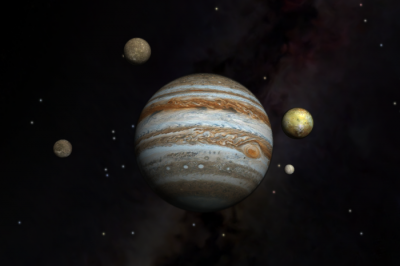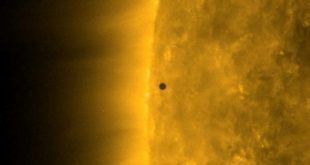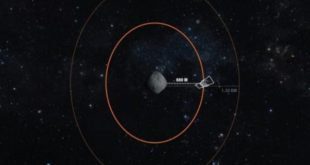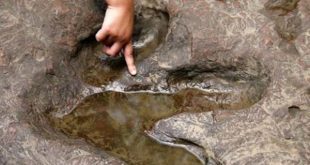 Each of the three planets is only 10% larger in diameter than the Earth.
Each of the three planets is only 10% larger in diameter than the Earth.
Three potentially habitable planet, comparable in size with Earth, were found among the fainter stars, with a diameter of slightly more than Jupiter. Discovered planet near the star 2MASS J23062928-0502285 detected using the TRAPPIST telescope, located in Chile. This dim red star, now known as TRAPPIST-1, is in the constellation of Aquarius at a distance of 39 light years from Earth.
Scientists have discovered three planets, observing the weakening of the TRAPPIST gloss-1 regular intervals of time. This effect is associated with the origin of the large object between the star and the observer. According to the researchers, this is the first detection of exoplanets orbiting a cold red dwarf.
Each of the three planets is only 10% larger in diameter than the Earth. Two of them in 60-90 times closer to its star than we are to the Sun. Periods of circulation are, respectively, 1.5 and 2.4 days. Data for the third planet is still very close. So, the time of its complete revolution around the TRAPPIST-1 are currently estimated at an interval of 4.5-73 days.
“The relatively small diameter of the star and the orbits of its planets makes this planetary system more similar to the system of Jupiter and its satellites”, — said the head of the project Michael, Gillon (Michaël Gillon).
Despite the fact that the discovered planets orbit very close to their star, they receive several times less light than Earth, since TRAPPIST-1 shines much weaker than our Sun.
Location close to the parent star has another consequence. Due to the powerful tidal forces two of the three discovered planets, apparently, always turned to the TRAPPIST-1 by one party as the Moon is to Earth. In one hemisphere of each of these worlds is always day, and in the other reigns eternal night.
The third of found planets is farthest from the TRAPPIST-1 and falls into the so-called zone of habitability — the region around a star where temperatures allow water to be present in the liquid state, which is considered a necessary condition to sustain life.
For close to two TRAPPIST-1 the planets the conditions are more stringent, and on their Sunny sides too hot on the shadow — it’s too cold. However, the researchers admit that at the borders of day and night hemispheres can be region with suitable conditions for life.
“The discovery of planets around TRAPPIST-1 will give impetus to the search for planetary systems in cold dwarfs. We stand on the threshold of new discoveries,” said, Gillon.
Due to the fact that TRAPPIST-1 is relatively close to us, scientists can study the atmospheres of the planets found using spectral analysis.
Among the immediate tasks of researchers is to find out the mass of found objects. Astronomers plan to evaluate these parameters by analyzing the gravitational interaction between the planets during their rapprochement. Knowing the mass, scientists can determine the density of celestial bodies, and on it — to draw conclusions about the composition of planets.
“We will be able to say what is a planet — whether it is rocky, icy, like the moons of Jupiter, or in its depths a lot of metal,” explains Gillan.
With telescopes, the Hubble and James Webb, scientists intend to test the atmospheres of planets for the presence of substances, evidence of activities of living organisms. These substances include water, carbon dioxide and ozone.








